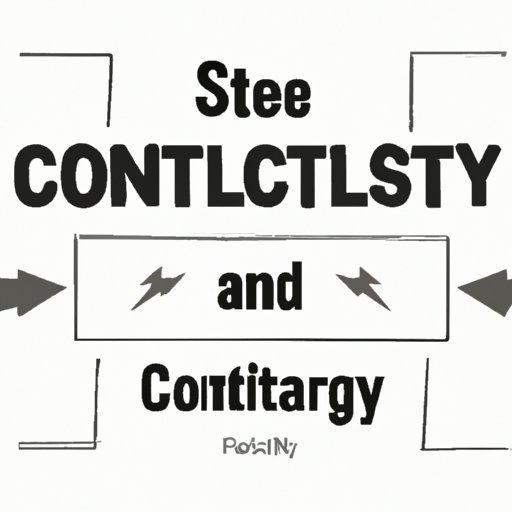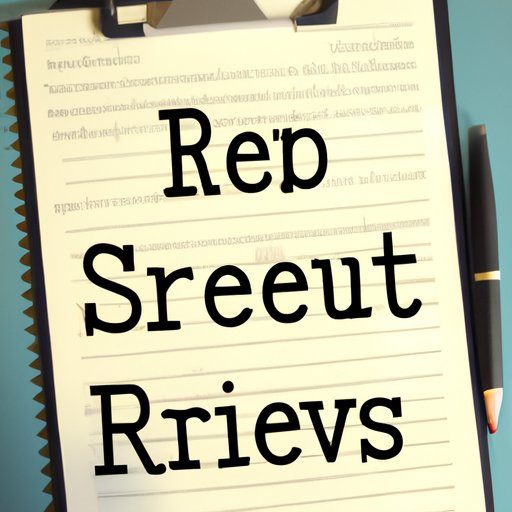Introduction
Script writing is the art of creating a story that can be visualized and interpreted on screen. It’s a creative process that requires both imagination and discipline. The purpose of this article is to provide a step-by-step guide for the beginning script writer, from developing your characters and story to revising and editing your script.

Develop Your Characters and Story
Before you begin writing your script, it’s important to take some time to brainstorm ideas and create character profiles. This will help you develop a strong understanding of your characters and what drives them throughout the story. Spend some time asking yourself questions like, “What are their hopes and dreams? What are their flaws and weaknesses?” Once you have a strong understanding of your characters, it’s time to start crafting plot points and outlining your story.
Create an Outline of Your Script
Creating an outline is essential for any script writer. It helps you plan out the act structure, plot scenes, and identify themes. Start by outlining your story in three acts—beginning, middle, and end. Then, break down each act into individual scenes. Identifying the main conflict and establishing stakes for your characters is also important at this stage.
Start with a Scene Breakdown
Once you’ve created a scene breakdown, it’s time to start writing. Begin by writing scene descriptions that give an overview of the action taking place. Then, create beats, which are moments of dialogue or action that move the story forward. Finally, add details to make the scenes come alive.
Write an Engaging Opening Scene
The opening scene of your script is crucial. It should establish the setting and introduce your characters. It should also explore the main conflict of the story. Make sure to include interesting details and dialogue that draw the reader in and set up the rest of the story.

Identify the Conflict in Your Story
The conflict is the heart of any story. It’s the problem or struggle that your characters must overcome. Identifying the main conflict and establishing stakes for your characters will help ensure that your story is compelling and engaging.

Write Dialogue That Moves the Story Forward
Dialogue is an important part of any script. It should reveal character and move the story forward. Aim for dialogue that sounds natural and organic rather than forced. Have fun with it and don’t be afraid to experiment.

Revise and Edit Your Script
Once you’ve finished writing your script, it’s important to take some time to revise and edit it. Identify areas for improvement and get feedback from others. This will help you refine your script and make it the best it can be.
Conclusion
Writing a script can be a daunting task, but following these steps can help you get started. Developing your characters and story, creating an outline, writing an engaging opening scene, identifying the conflict, and writing dialogue that moves the story forward will help you craft a compelling script. Finally, don’t forget to take the time to revise and edit your script before sending it off.
(Note: Is this article not meeting your expectations? Do you have knowledge or insights to share? Unlock new opportunities and expand your reach by joining our authors team. Click Registration to join us and share your expertise with our readers.)
